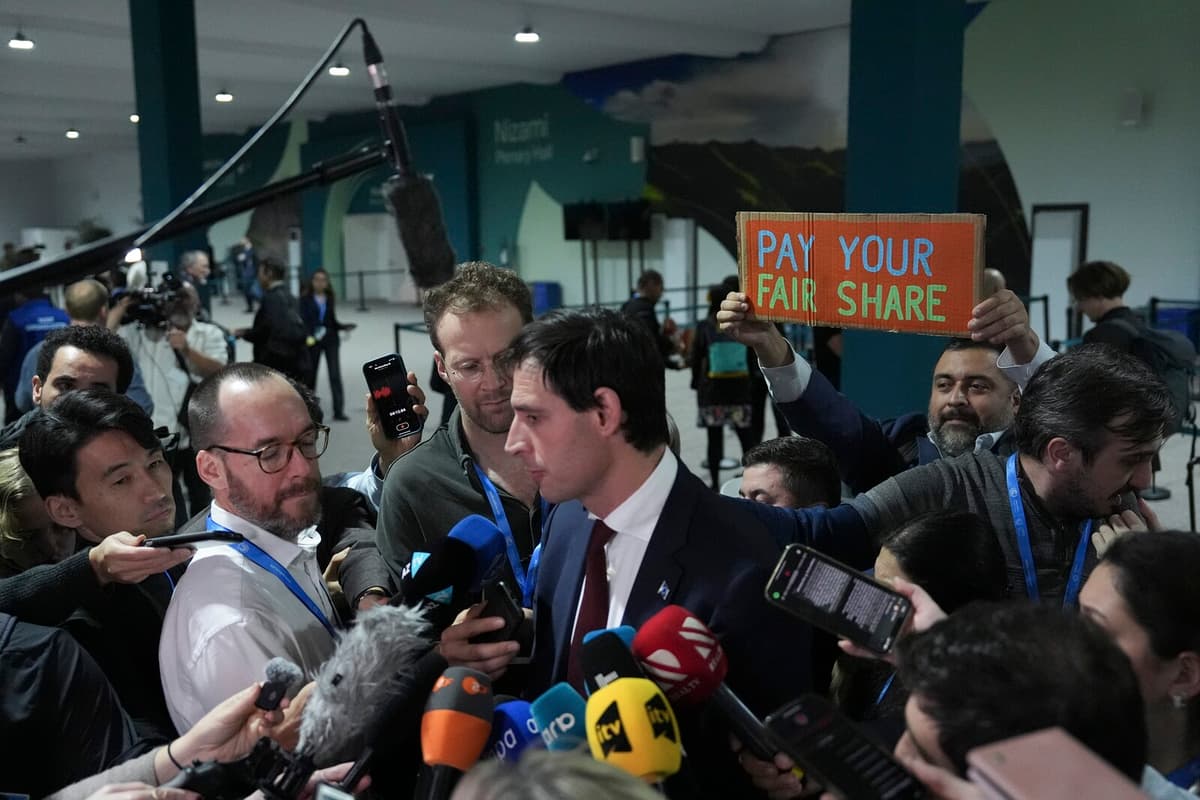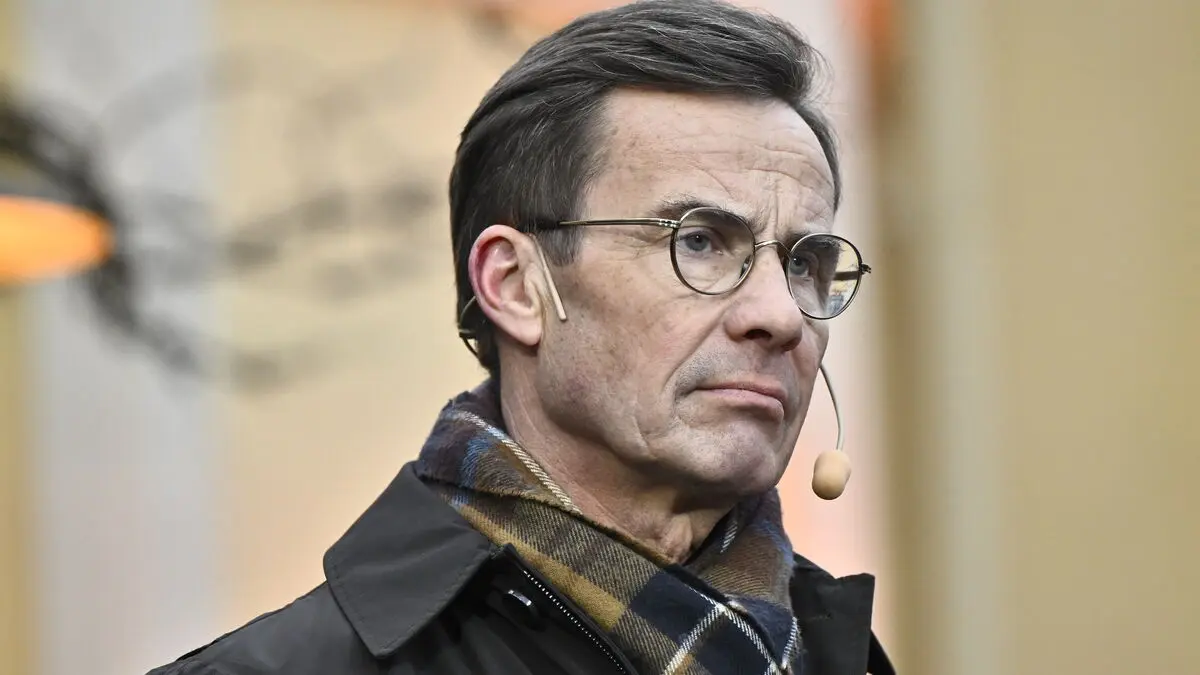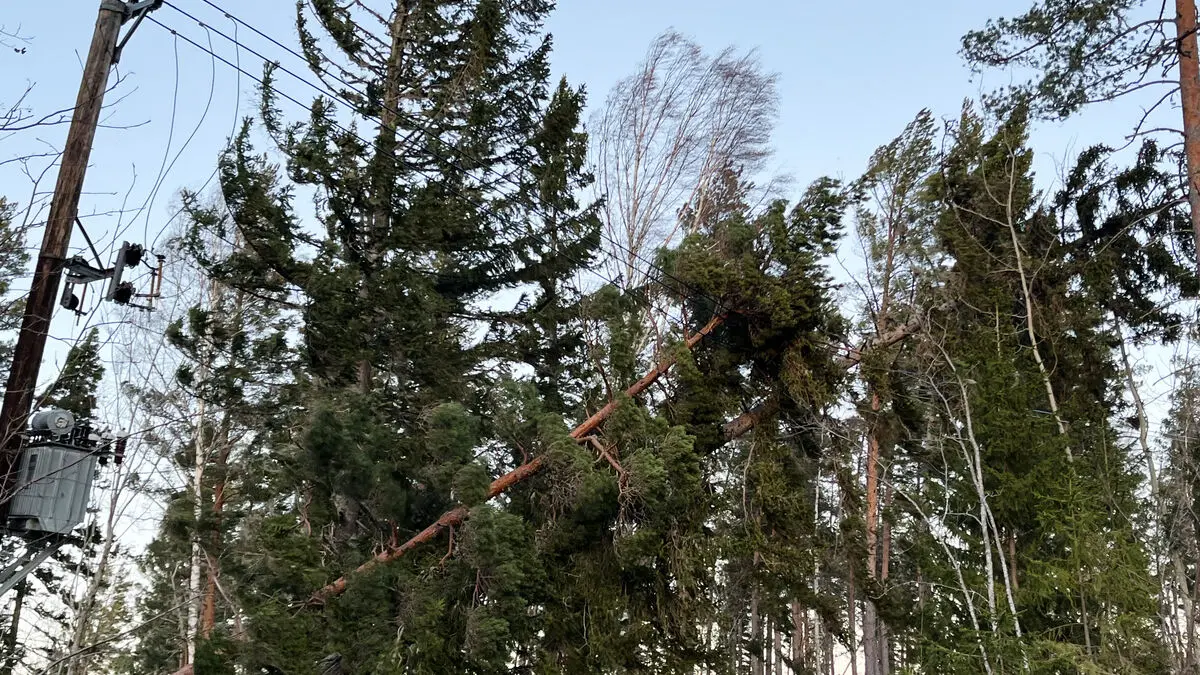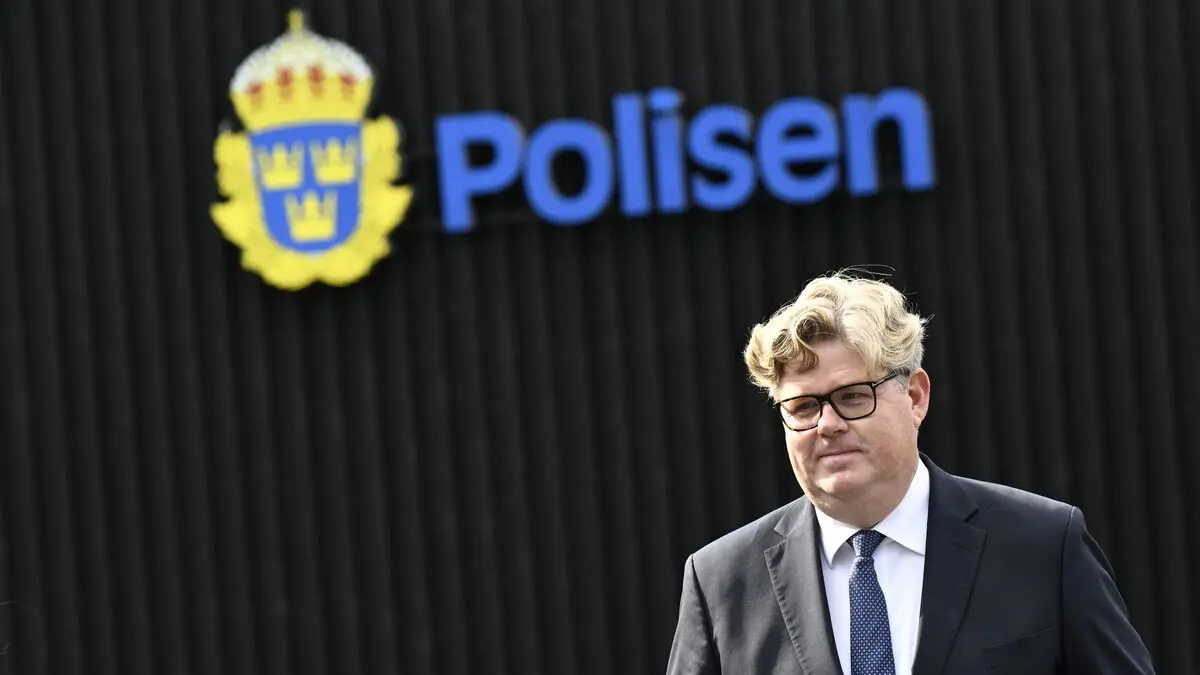The sum is increased
According to a UN framework from 1992, 23 rich countries and the EU historically bear the greatest responsibility for emissions that warm the planet and are obliged to contribute to climate financing.
In the agreement from COP29, the sum that countries are to pay is increased to at least 300 billion dollars per year by 2035. This is more than the 100 billion dollars that were previously paid, but less than the at least 500 billion dollars that several developing countries considered necessary.
So it will be financed
According to the agreement, the money will come from several different sources, such as state budgets, investments from the private sector, and other types of financing. It also takes up alternative sources, which can be global taxes discussed with the aviation and shipping industries.
1.3 trillion
The hope is that the money from the rich countries will drive private investments to reach the ambitious goal – stated in the agreement – to be able to contribute with at least 1.3 trillion dollars per year by the next decade. This is the sum that the UN experts estimated is required by 2035.
Who will contribute?
The USA and EU have pushed for countries that are still considered developing countries but are now rich, such as China and Saudi Arabia, to contribute.
China, the world's second-largest economy and major emitter of greenhouse gases, has stubbornly refused to change its status and points out that it already contributes with bilateral support.
In the agreement, it is stated that the richer countries will take the lead in contributing with the 300 billion, which implies that others can also do so. The text "encourages" developing countries to contribute, but it remains voluntary.
A novelty
A novelty is included in the agreement. The climate financing that developing countries like China provide through multilateral development banks will be counted towards the goal of 300 billion dollars.
The money that is not included
The least developed countries (LDC) had requested 220 billion dollars per year, while the Alliance of Small Island States (AOSIS) wanted 39 billion dollars – demands that other developing countries opposed.
These sums are not included in the final agreement. Instead, one demands that other public funds that countries receive will be tripled by 2030.





